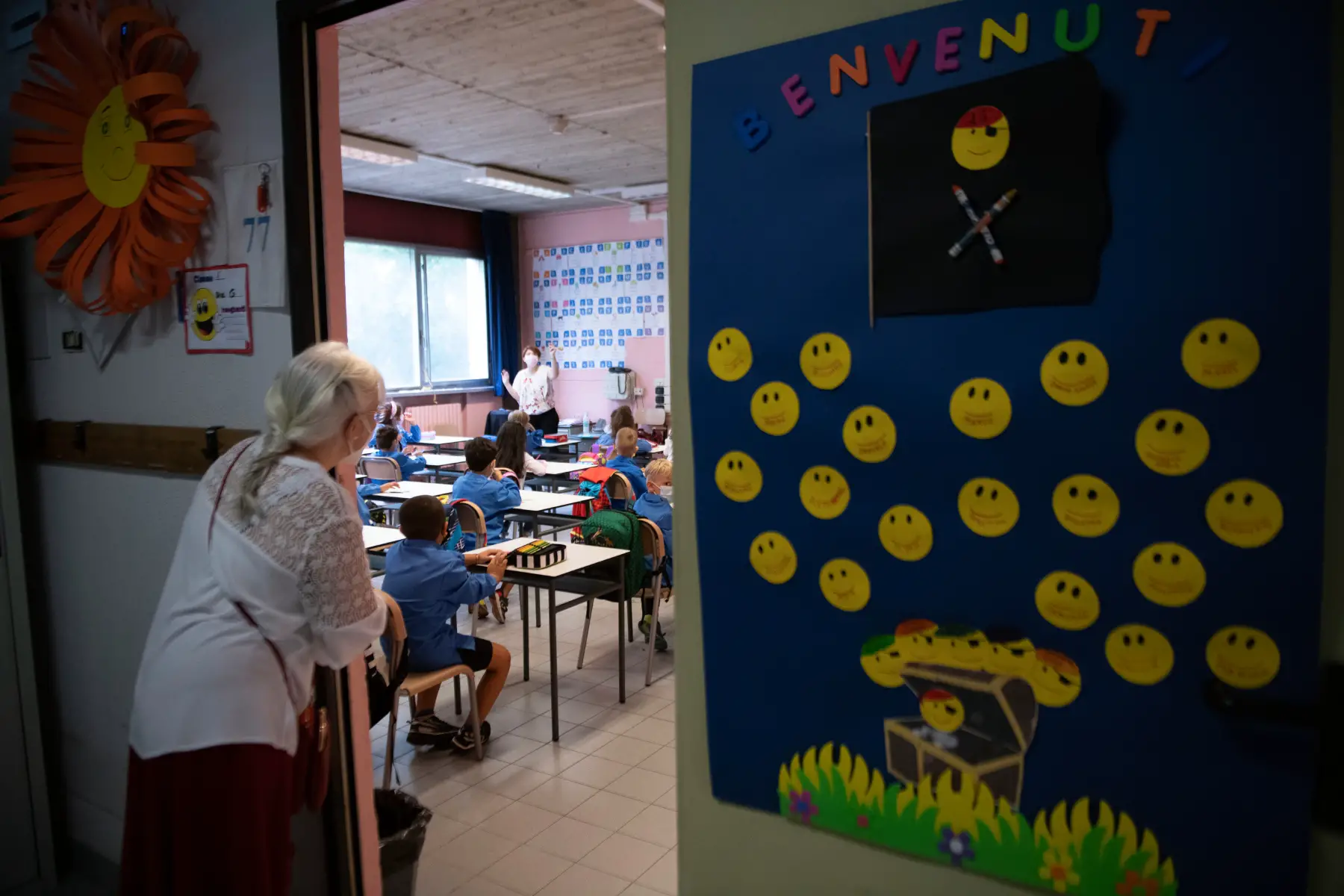moviescout.org – Italy’s educational system is deeply rooted in the principles of accessibility, inclusivity, and autonomy. Governed by the Italian Constitution and various legislative acts, the system aims to provide equal educational opportunities to all young people. This article delves into the key rules and regulations that govern Italy’s educational landscape.
Constitutional Foundations
The Italian Constitution plays a pivotal role in shaping the country’s educational policies. Article 33 of the Constitution mandates that the State must provide a school system accessible to all young people, ensuring opportunities commensurate with their abilities and inclinations. Additionally, Article 34 guarantees school for all, emphasizing the State’s duty to fulfill the mandatory duty of solidarity.
Compulsory Education
Education in Italy is compulsory for children aged 6 to 16 years. This period is divided into five stages: kindergarten (scuola dell’infanzia), primary school (scuola primaria or scuola elementare), lower secondary school (scuola secondaria di primo grado or scuola media inferiore), upper secondary school (scuola secondaria di secondo grado or scuola media superiore), and university (università).
School Autonomy and Governance
The Italian educational system operates on the principles of subsidiarity and school autonomy. Schools are granted autonomy in didactic, organizational, and administrative matters, allowing them to tailor their curricula and management practices to meet local needs. This autonomy extends to the setting of curricula and the management of school operations, giving teachers and heads greater responsibilities.
Inclusive Education
Italy has made significant strides in inclusive education, particularly since the 1970s. The country has implemented anti-discriminatory educational policies and has worked towards the inclusion of children with disabilities in mainstream schools. This commitment to inclusivity is reflected in the legal framework that supports equal opportunities for all students.
Historical Context
The modern Italian education system has its roots in the Legge Casati of 1859, which made primary education compulsory and aimed to increase literacy rates. Despite initial challenges, particularly in rural and southern areas, the system has evolved significantly over the years. The Gentile Reform of 1923 further shaped the educational landscape, aligning it with the fascist regime’s ideologies.
Contemporary Challenges and Reforms
In recent years, Italy has faced challenges in maintaining educational standards. The 2018 OECD evaluation highlighted that Italian secondary education was below the OECD average in reading and science, although it performed near average in mathematics. To address these issues, reforms have been introduced to enhance school autonomy and improve educational outcomes.
Conclusion
Italy’s educational system is a complex and evolving entity, guided by constitutional principles, historical legacies, and contemporary reforms. The emphasis on inclusivity, school autonomy, and compulsory education reflects a commitment to providing equal opportunities for all students. As the system continues to adapt to new challenges, it remains a cornerstone of Italian society, fostering the intellectual and social development of its youth.
By understanding the rules and regulations that govern Italy’s educational system, we gain insight into the country’s dedication to education and its ongoing efforts to improve the quality of learning for all.
